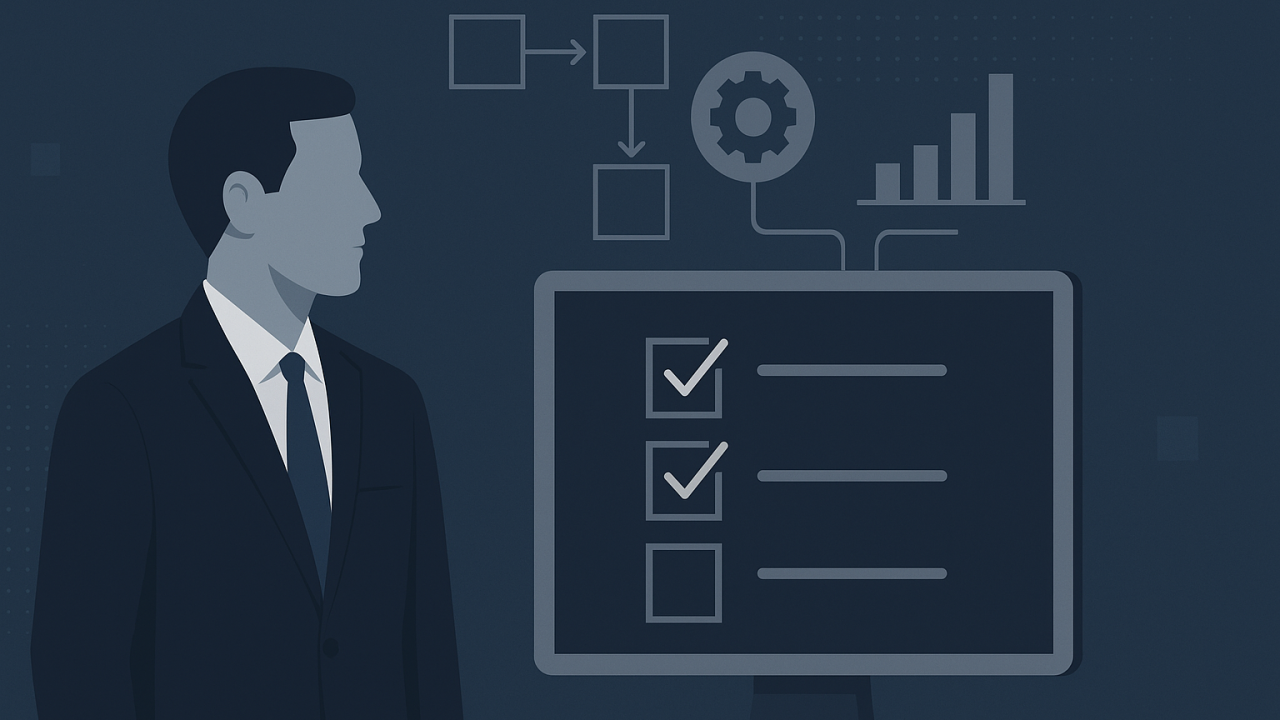How to Build Quality Into Support Without Adding Operational Bloat

As startups scale, customer support often becomes reactive, inconsistent, and increasingly complex. But for SaaS leaders who understand that support is a product, there's a better path—one where quality is built into every layer of the support process, measured not just by resolution times, but by customer experience, consistency, and predictability.
Quality support isn’t about hiring more agents or plugging in the latest AI tool. It’s about designing a system that delivers the same high-value experience regardless of who answers the ticket or when it comes in.
When done right, quality becomes a core business advantage—not a cost center.
Start With Systems, Not Firefighting
Most support leaders inherit a process shaped by urgency: “What’s on fire today?” This reactive mindset leads to ad hoc workflows and inconsistent experiences. Instead, approach support like product development—build repeatable systems with clear inputs, outputs, and feedback loops.
Start by mapping out your support journey from the customer’s perspective. What does “good” look like across channels? How should tone, response time, and resolution expectations vary between tiers or use cases? Document these standards early. Then, operationalize them through playbooks, training, and tooling.
Consistency—in answers, empathy, and experience—is what builds trust at scale. It’s also what makes support measurable and improvable.
Predictability Comes From Clear Ownership and Data
Customers don’t care which team owns the problem. But internally, ownership matters deeply. When support, product, and engineering all weigh in on issues, you need defined escalation paths and SLAs. Otherwise, your “resolution time” metric hides a black hole of internal confusion.
Customers don’t care which team owns the problem. But internally, ownership matters deeply
High-performing support orgs create predictability by tightly integrating tooling (e.g., ticketing systems, status pages, internal comms) and aligning them with accountability. AI can help triage and route issues, but it must work within your system—not around it. Predictability breaks down when AI responses are disconnected from team workflows or quality standards.
Data is your other predictability engine. If you’re not tagging issues consistently, measuring deflection accurately, or reviewing conversations with a quality rubric, you’re flying blind.
Leaders should review quality and CX metrics with the same rigor as product usage or ARR.
Real-World Example: Intercom’s “Conversational Support Funnel”
Intercom, the customer messaging platform, scaled their support operations by designing the Conversational Support Funnel—a comprehensive framework that delivers fast, personal, and efficient service through a messenger-first, conversational experience. Rather than patch together tools, they reimagined support as an integrated system of proactive, self-serve, and human assistance.
Key Components of the Funnel:
- Proactive Support: Anticipates customer questions before they’re asked. Intercom leverages in-app messaging, outbound alerts, and product tours to educate and guide users in real time—reducing inbound volume and boosting engagement.
- Self-Serve Support: Automates responses to common questions through chatbots and searchable help content. With customizable bots and no-code tools, Intercom ensures customers can resolve routine issues instantly, without human intervention.
- Human Support: For complex or VIP issues, conversations are escalated to agents equipped with powerful inbox workflows and rich customer context. This ensures a personalized experience where it matters most.
Benefits and Impact:
- Intercom’s model reduces repetitive queries by about 33%, freeing agents to focus on high-value interactions.
- CSAT scores improve because customers receive the right kind of help—automated or human—based on the issue’s complexity.
- The funnel seamlessly integrates support, sales, and marketing functions, creating a cohesive customer journey that goes beyond traditional live chat.
- Tools like the Resolution Bot and guided implementation kits accelerate value and lower the barrier to adoption.
By embedding this structured yet flexible funnel, Intercom turned their support function into a revenue-enabling asset—improving ROI and deepening customer loyalty.
Scale With Structure, Not Headcount
The temptation when support feels “underwater” is to hire more agents. But that only works up to a point. True scale happens when your systems allow a lean team to deliver a high-quality, predictable experience.
To do this:
- Define and document your quality standards.
- Invest in onboarding and internal knowledge management.
- Use AI to reduce noise, not create silos.
- Establish regular quality reviews, not just CSAT surveys.
AI is a powerful ally when paired with structure. Tools like sentiment analysis, intent detection, and smart routing can dramatically improve quality—if they reinforce, not replace, human judgment and system design.
Final Takeaway
Support quality doesn’t scale by accident. It scales when founders and support leaders treat it as a system to be designed, not a fire to be put out. Build for consistency and predictability first. Let AI and automation amplify those strengths—not mask their absence. When you embed quality into the foundation of your support processes, you don’t just solve tickets—you earn trust, reduce churn, and turn support into a strategic driver of growth.

